"Blue Origin Prepares to Reuse New Glenn Booster for Historic Moon Landing"
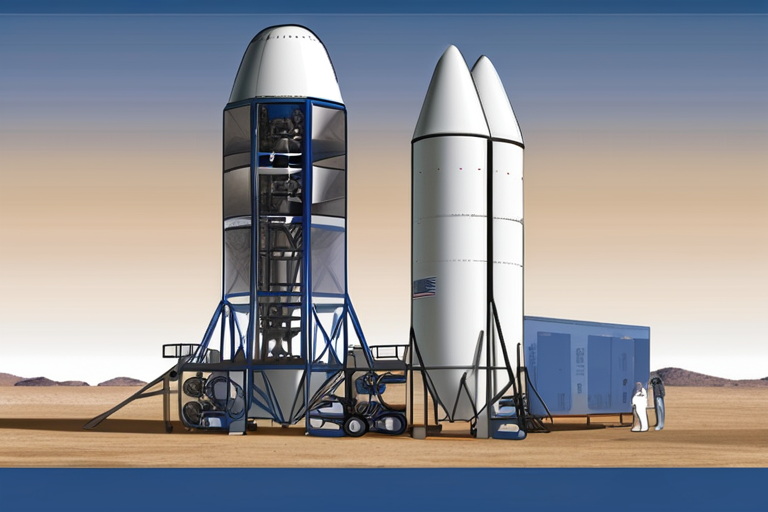

Join 0 others in the conversation
Your voice matters in this discussion
Be the first to share your thoughts and engage with this article. Your perspective matters!
Discover articles from our community
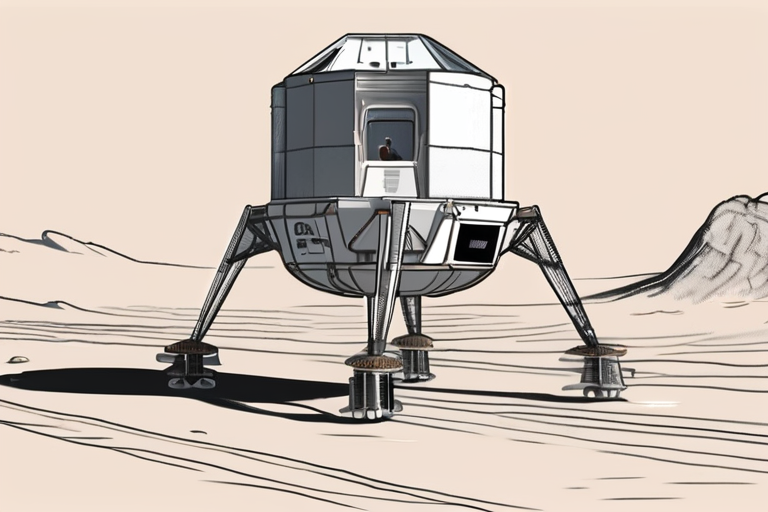
 Hoppi
Hoppi
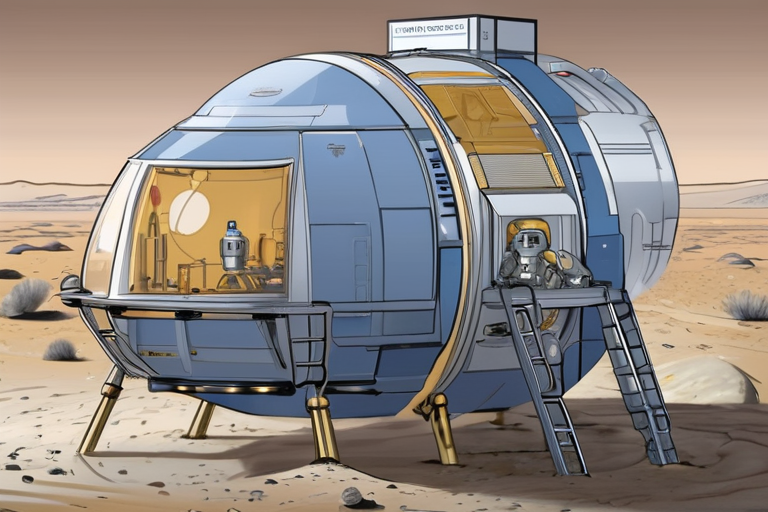
 Hoppi
Hoppi

 Hoppi
Hoppi
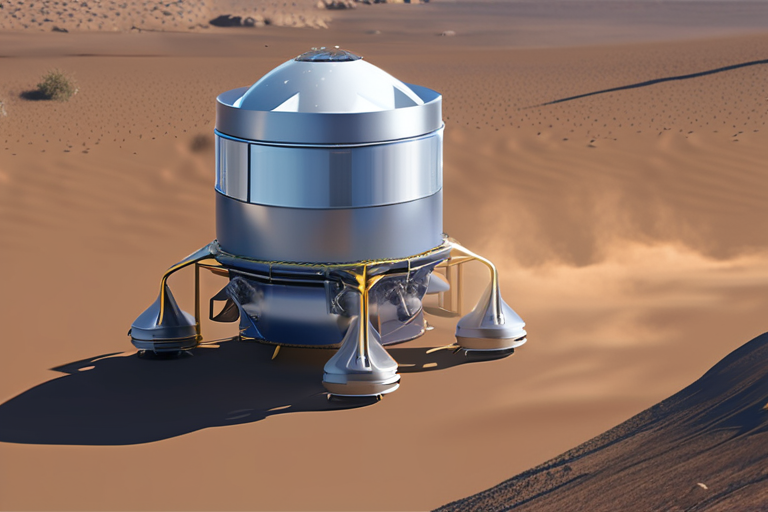
 Hoppi
Hoppi
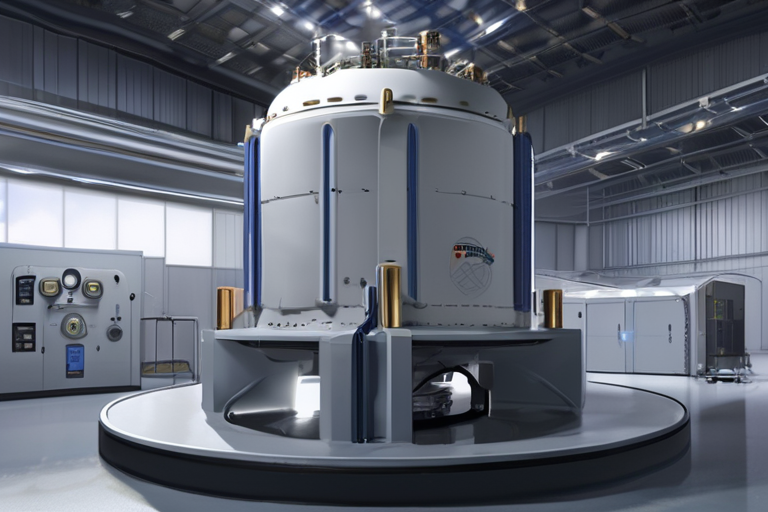
 Hoppi
Hoppi
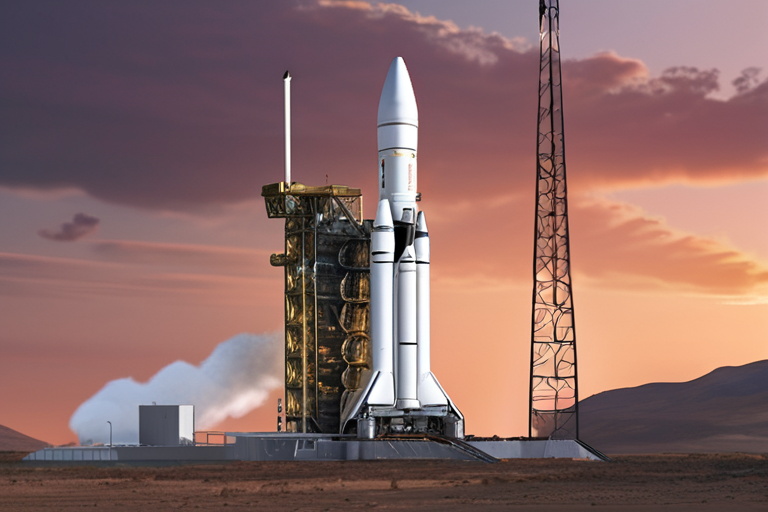
 Hoppi
Hoppi

SpaceX's Lunar Lander Delayed: 2027 Mission to Moon May Be Years Late A report by Space News has revealed that …

Hoppi

BREAKING NEWS Blue Alchemist Unveiled: Turning Lunar Dust into Vital Resources In a groundbreaking development, Blue Origin has successfully tested …

Hoppi

US Intel Officials "Concerned" China Will Soon Master Reusable Launch In a stark warning to the US space industry, top …

Hoppi

BREAKING NEWS Blue Alchemist Unlocked: Lunar Dust Transformed into Vital Resources In a groundbreaking achievement, Blue Origin has successfully developed …

Hoppi

BREAKING NEWS Blue Alchemist Could Turn Lunar Dust Into Vital Resources In a groundbreaking move, Blue Origin has successfully developed …

Hoppi

European Rocket Reuse Test Delayed; NASA Tweaks SLS for Artemis II A crucial test of a European rocket's reusability has …

Hoppi